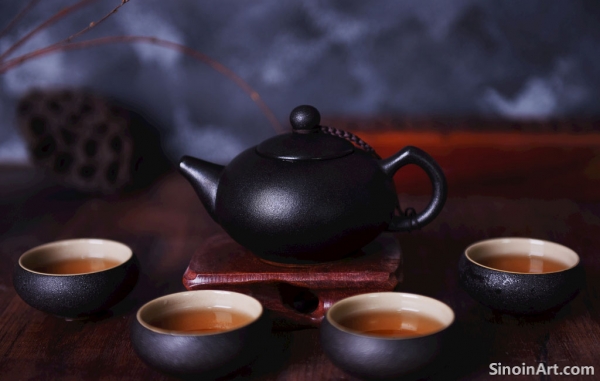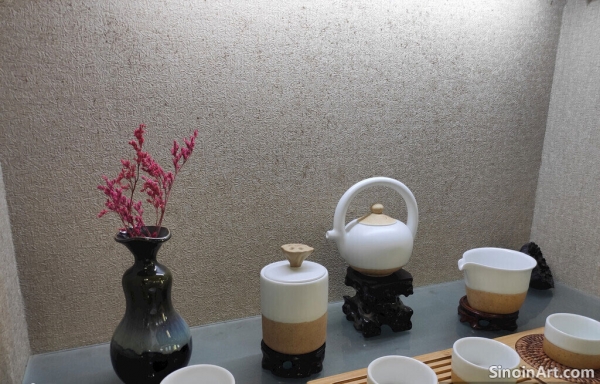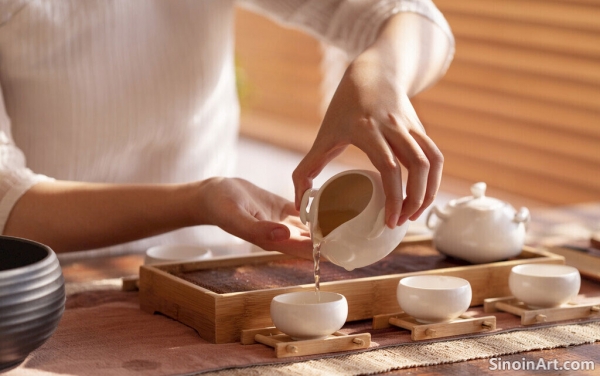Decoding the Types: A Guide to Chinese Tea Varieties
|
Chinese tea is known for its vast diversity, with different types ranging widely in flavor, aroma, and appearance. These differences arise from the different methods of cultivation, harvesting, and processing. By understanding these various methods and their results, tea drinkers can more fully appreciate the wide world of Chinese tea.  Green tea is perhaps the most popular type of Chinese tea, known for its fresh, vegetal flavor and bright green color. Green tea leaves are unoxidized, and the leaves retain many of their natural compounds. Green teas are often processed using steam or dry heat, both to prevent oxidation, and to bring out unique flavors and aromas.  Black tea, known as Hong Cha (红茶) in China, is fully oxidized, resulting in a darker color and more robust flavor. Chinese black teas are often more delicate in flavor than their Western counterparts, and may have notes of chocolate, malt, or honey. Black teas have their own specific processing requirements, which help to develop their unique characteristics.  Oolong tea is partially oxidized, and thus represents a diverse range of flavors and aromas. Some oolongs are more floral and light, while others are more roasted and robust. The level of oxidation in oolong tea ranges between green tea and black tea, resulting in a broad range of flavor profiles. White tea is the least processed of all tea types, made from the young buds and leaves of the tea plant and allowed to wither naturally. White tea is known for its delicate flavor and subtle aroma. The minimal processing of white tea allows for a maximum expression of its natural qualities. Understanding the different categories of Chinese tea and the unique qualities of each is essential for navigating the complex world of Chinese tea. This diversity ensures that there is a perfect tea for every taste. This variation in taste and processing make Chinese tea one of the most varied tea traditions in the world. |
Tag : Types of Chinese Tea, Green Tea, Black Tea, Oolong Tea, White Tea
Related information
- The Essentials of Chinese Teaware: An Introduction
- Tea and Health: Exploring the Wellness Benefits of Chinese Tea
- Vessels of Enjoyment: Understanding Chinese Tea Cups
- The Timeless Tradition: An Introduction to Chinese Tea
- The Refreshing World of Green Tea: Health Benefits and Brewing Tips
This article provides a comprehensive introduction to the essential types of Chinese teaware, exploring their functions, materials, and historical significance within Chinese tea culture.
This article examines the various health benefits associated with drinking Chinese tea, discussing its antioxidant properties, potential impact on cardiovascular health, and its overall contribution to well-being.
This article focuses on Chinese tea cups, exploring their diverse forms, materials, and styles, and how they are chosen to complement the tea being served and enhance the tea-drinking experience.
This article provides a comprehensive introduction to Chinese tea, covering its history, cultural significance, and the diversity of types available.
This article focuses on green tea, discussing its health benefits, popular varieties, and offering practical tips for brewing the perfect cup.